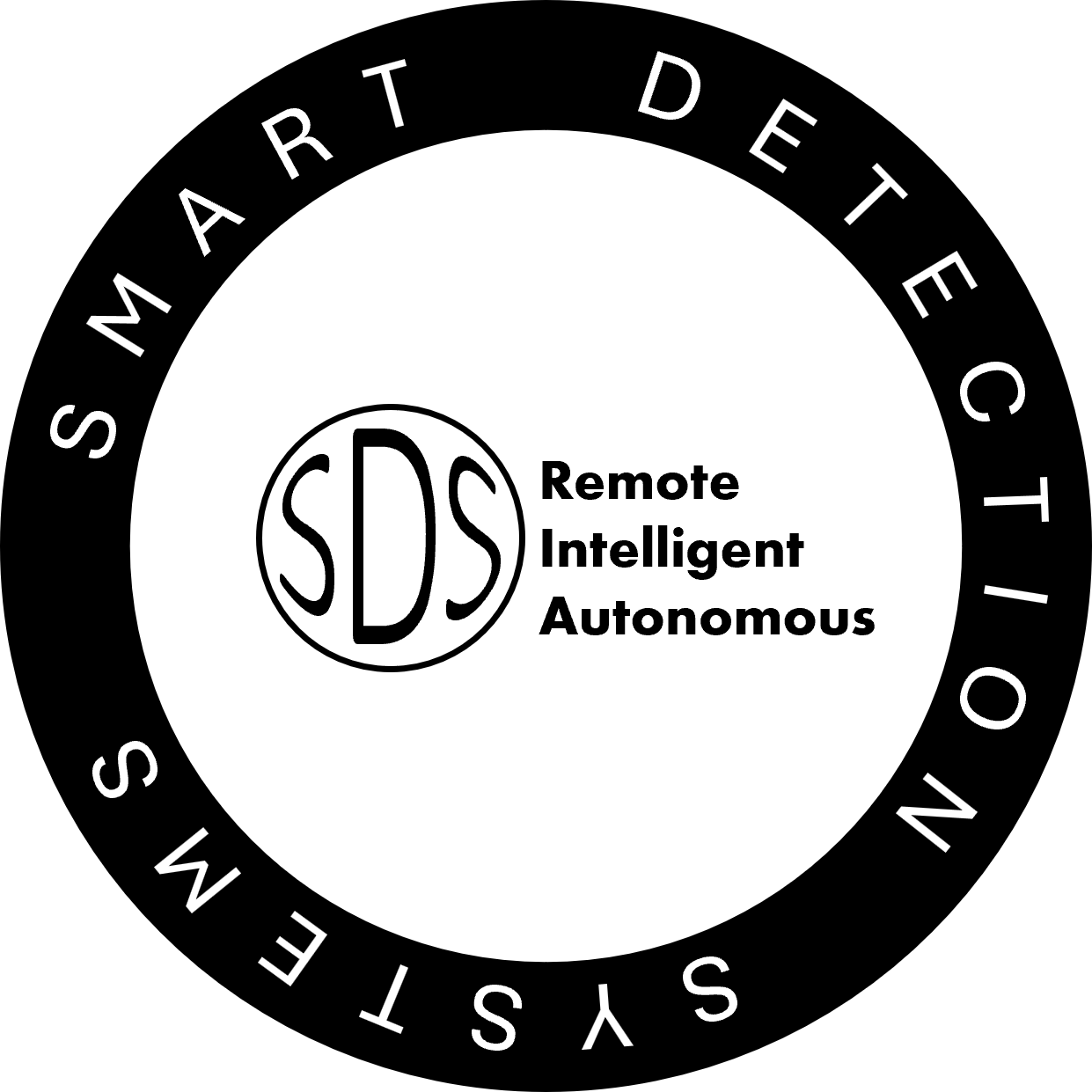What Is Edge AI and Why It Matters for Real-Time Monitoring
Is Your Business Set Up for Smart Monitoring?
Imagine a system that can spot a safety issue on-site and alert you instantly—no waiting, no back-and-forth. That’s not science fiction. It’s what today’s AI technology, whether running in the cloud or right on your devices (what’s called “edge computing”), is already doing for businesses like yours. But which one is the better fit for your operation—cloud AI or edge AI? Understanding the difference could help you improve safety, efficiency, and even your bottom line.
Let’s break it down in real terms—no tech jargon, just practical insights for construction, trades, and manufacturing leaders looking to modernize their operations.
Cloud AI vs. Edge AI: What’s the Difference?
Cloud AI refers to artificial intelligence tools that run on remote servers—think of it like renting brainpower from a powerhouse computer over the internet. It’s versatile and great for handling big tasks like analyzing large datasets, predicting trends, or pulling insights from vast amounts of sensor data.
Edge AI, on the other hand, brings the power of AI directly to your local devices—like a camera on a job site or a sensor in your warehouse. It does the thinking right where the data is created, which means it can respond fast, without being connected to the internet.
Both have important roles, and which one is right for you depends on what you’re trying to achieve.
The Latency Advantage: Why Fast Responses Matter
Speed can make or break a project—especially when it comes to safety. In edge computing, because the data doesn’t need to travel to the cloud and back, it can make decisions in milliseconds. This low “latency” (or delay) is vital when timing counts.
For example, picture a job site monitor that uses AI to detect whether workers are wearing their safety gear. With edge AI, it can spot a violation and trigger a warning immediately, keeping everyone safer. With cloud AI, there might be a delay—enough for the situation to escalate.
So if your system needs to make fast, on-the-ground decisions—like monitoring equipment conditions, detecting hazards, or even tracking foot traffic—edge AI may be your best bet.
Data Privacy and Ownership
When AI operates in the cloud, your data is typically stored on third-party servers. For many businesses, that raises privacy and compliance concerns—especially when handling sensitive video footage or staff information.
Edge AI provides a clear advantage here. Since it processes data on-site, there's less need to upload raw footage or records to the internet. You keep more control over your information, which is particularly valuable in industries where data protection is a top priority.
Think of it this way: If your shop has equipment that gathers information about your employees' workflow, edge AI can analyze that data in place, reducing the risk that it ever leaves your site.
Use Cases in Field Monitoring
Here’s where this really hits home: field monitoring. This includes everything from tracking equipment performance to overseeing worksite safety.
- In manufacturing, edge AI might flag a piece of machinery that’s vibrating more than usual—indicating a problem before it breaks down.
- In construction, it could watch foot traffic on a site and alert you to unauthorized access after hours.
- For trades like HVAC or electrical, AI can monitor tools or service vehicles in real time, helping you optimize routes and reduce downtime.
You can also combine edge and cloud AI for even more power. Use edge for real-time alerts and cloud for deeper monthly reports or predictions. It’s like having both a quick reflex and a wise advisor working for you.
Final Thoughts
The choice between edge and cloud AI isn’t about which is better—it’s about which is better suited to your goals. Edge gives you speed and privacy. Cloud gives you scale and long-term insights. Together, they can support smarter, safer, and more efficient operations.
Whether you want to improve safety, keep equipment running smoothly, or gain better visibility into your job sites, modern AI tools can help—but only if they’re applied in the right way.
Get in touch with One Custom Software to learn more about how AI can work for your business. Let’s build a smarter future together.



























